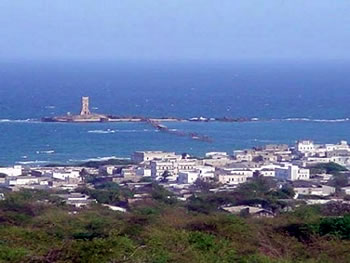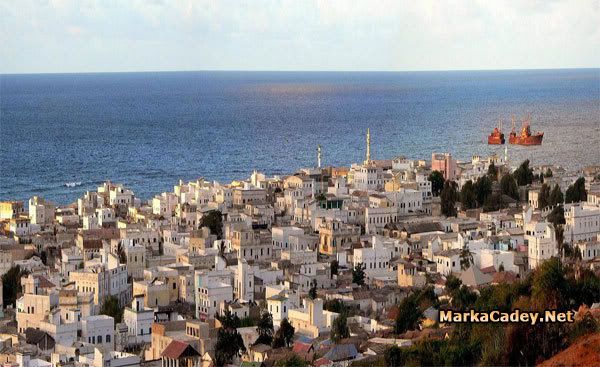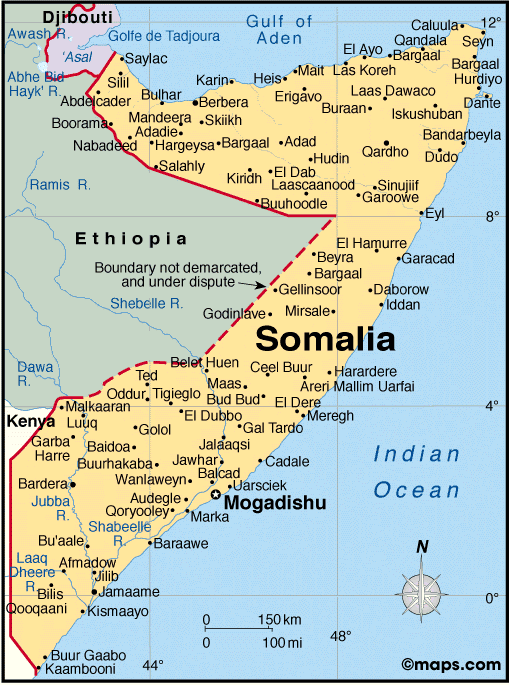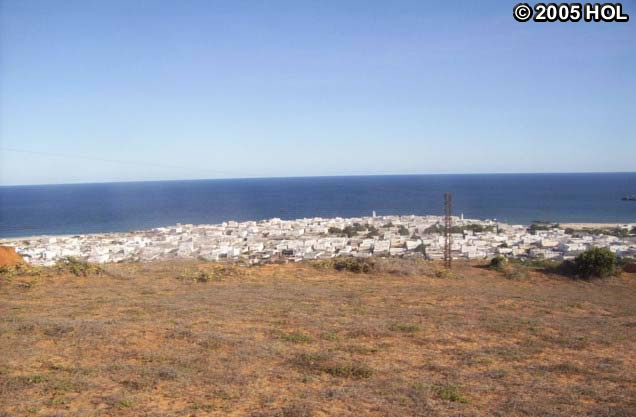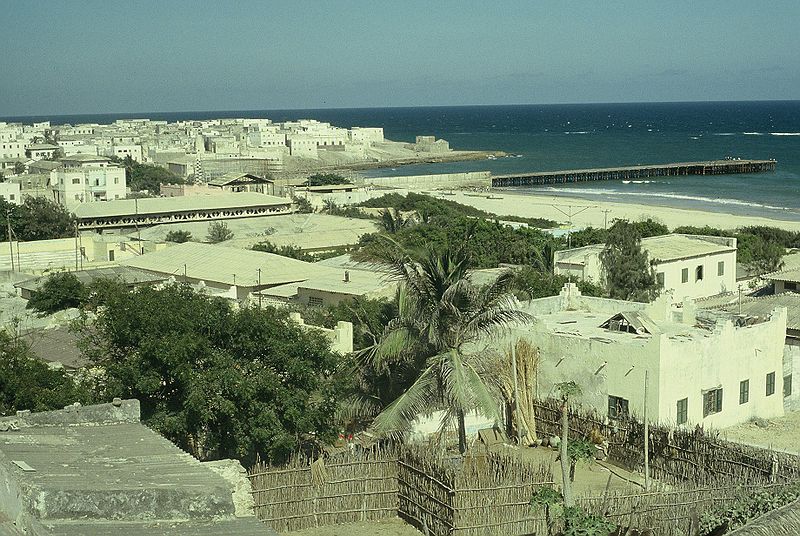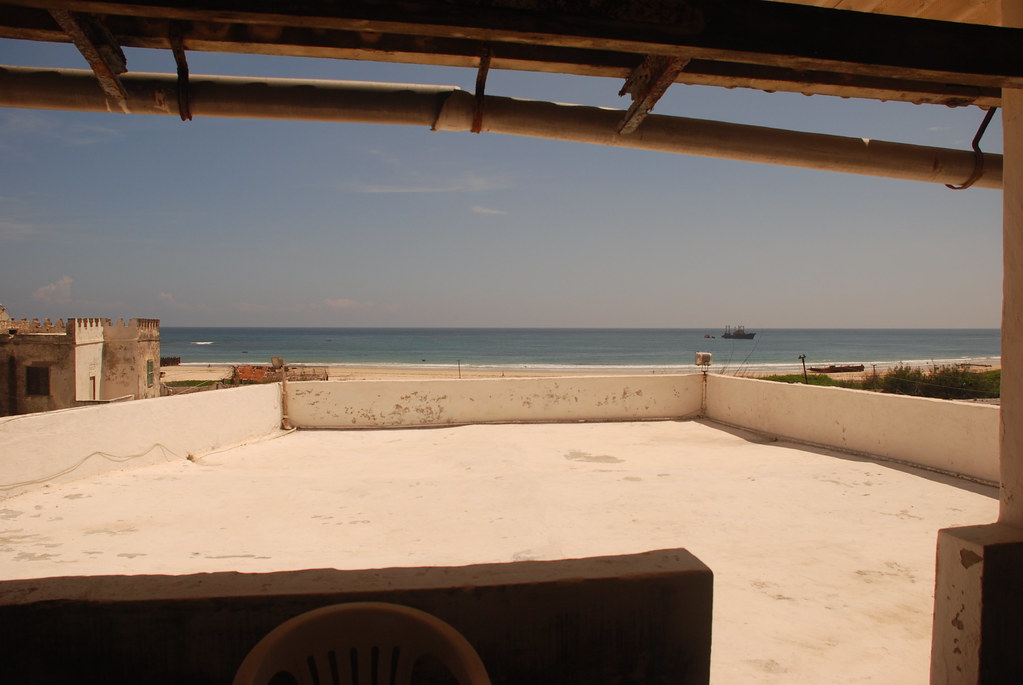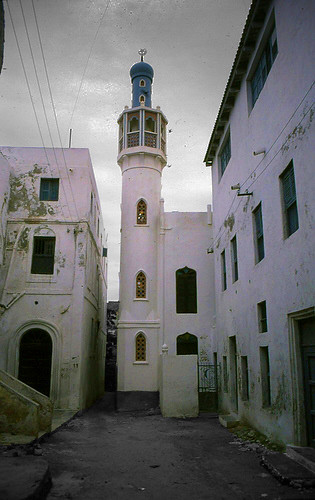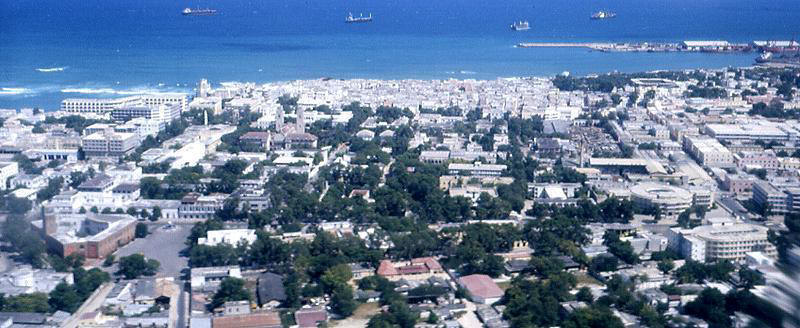beesha Hawiye/samaale have single handly the greatest history on the entire african continent, with no rivals to their crown.
even Destiny have chosen them
it all started in the city of Berbera, a man called Balad, gathered few tribes WHO use to live in berbera and travelled South with them, and its also believed that Balad was havenly guided and those tribes were Hawiye, and those WHO joined the confederation with him + part of Dir samaale like biyomal.
Ajuuraan Kingdom:

1. Medieval hydraulic empire (only African hydraulic empire during middle ages)
2. One of the first non-European states to successfully engage Portugal in naval warfare. Several battles were waged between the Portuguese and the Ajuuraan who defended their cities from Portuguese occupation.
3. First empire in Africa and one of the first non-European states which succeeded in mobilizing an operation to intervene to assist foreign states and drive the Portuguese out of established colonies. At the request of rulers from Southeast Africa, a joint Ajuuraan-Ottoman naval force freed occupied cities. The Portuguese eventually recaptured these colonies.
4. The empire was also engaged in exploration and had a diplomatic presence as far as China where it established the first recorded African community in China during reign of Emperor Yongle (1360 –1424). Ajuuraan explorers for example went to the Maldives where they occupied the island and found gold before the arrival of the Portuguese. Merchants from Mogadishu established a colony in Mozambique to extract gold from the mines in Sofala etc.
5. Merchants sailed to Cairo, Damascus, Mocha, Mombasa, Aden, Madagascar, Hyderabad and the islands of the Indian Ocean and the Red Sea, establishing communities along the way.
6. The Ajuuraans had their own currency which was in wide circulation. 15th century Ajuuraan coins were found recently in the UAE.
More info below:
The Ajuuraan state or Ajuuraan sultanate[1] (Somali: Saldanadda Ajuuraan, Arabic: اٍمارة أجوران) was a Somali Muslim empire[2][3][4] that ruled over large parts of the Horn of Africa in the Middle Ages. Through a strong centralized administration and an aggressive military stance towards invaders, the Ajuuraan Empire successfully resisted an Oromo invasion from the west and a Portuguese incursion from the east during the Gaal Madow and the Ajuuraan-Portuguese wars. Trading routes dating from the ancient and early medieval periods of Somali maritime enterprise were strengthened or re-established, and foreign trade and commerce in the coastal provinces flourished with ships sailing to and coming from a many kingdoms and empires in East Asia, South Asia, Europe, the Near East, North Africa and East Africa.
The empire left an extensive architectural legacy, being the major medieval Somali power engaged in castle and fortress building, with many of the hundreds of ruined fortifications dotting the landscapes of Somalia today attributed to Ajuuraan engineers.[5] and includes many of the pillar tomb fields, necropolises and ruined cities built in that era. During the Ajuuraan period many regions and peoples in East Africa converted to Islam because of the theocratic nature of the government. The royal family, the House of Gareen, expanded its territories and established its hegemonic rule through a skillful combination of warfare, trade linkages and alliances.[6]
As an hydraulic empire, the Ajuuraan Empire monopolized the water resources of the Shabelle and Jubba rivers. Through hydraulic engineering, it also constructed many of the limestone wells and cisterns of the state that are still operative and in use today. The rulers developed new systems for agriculture and taxation, which continued to be used in parts of the Horn of Africa as late as the 19th century.
Image
Ajuuraan-Portuguese Wars
The European Age of discovery brought Europe's then superpower the Portuguese empire to the coast of East Africa, which at the time enjoyed a flourishing trade with foreign nations. The wealthy southeastern city-states of Kilwa, Mombasa, Malindi, Pate and Lamu were all systematically sacked and plundered by the Portuguese. Tristão da Cunha then set his eyes on Ajuuraan territory, where the battle of Barawa was fought. After a long period of engagement, the Portuguese soldiers burned the city and looted it. However, fierce resistance by the local population and soldiers resulted in the Portuguese's failure to permanently occupy the city, and the inhabitants who had fled to the interior would eventually return and rebuild the city. After Barawa, Tristão would set sail for Mogadishu, which was the richest city on the East African coast. But word had spread of what had happened in Barawa, and a large troop mobilization had taken place. Many horsemen, soldiers and battleships in defense positions were now guarding the city. Nevertheless, Tristão still opted to storm and attempt to conquer the city, although every officer and soldier in his army opposed this, fearing certain defeat if they were to engage their opponents in battle. Tristão heeded their advice and sailed for Socotra instead. In 1660, the Portuguese in Mombasa surrendered to a joint Somali-Omani force.[31
Over the next several decades Somali-Portuguese tensions would remain high and the increased contact between Somali sailors and Ottoman corsairs worried the Portuguese who sent a punitive expedition against Mogadishu under Joao de Sepulveda, which was unsuccessful.[32] Ottoman-Somali cooperation against the Portuguese in the Indian Ocean reached a high point in the 1580s when Ajuuraan clients of the Somali coastal cities began to symphatize with the Arabs and Swahilis under Portuguese rule and sent an envoy to the Turkish corsair Mir Ali Bey for a joint expedition against the Portuguese. He agreed and was joined by a Somali fleet, which began attacking Portuguese colonies in Southeast Africa.[33]
The Somali-Ottoman offensive managed to drive out the Portuguese from several important cities such as Pate, Mombasa and Kilwa. However, the Portuguese governor sent envoys to India requesting a large Portuguese fleet. This request was answered and it reversed the previous offensive of the Muslims into one of defense. The Portuguese armada managed to re-take most of the lost cities and began punishing their leaders, but they refrained from attacking Mogadishu.[34] Throughout the 16th and 17th century successive Somali Sultans defied the Portuguese economic monopoly in the Indian Ocean by employing a new coinage which followed the Ottoman pattern, thus proclaiming an attitude of economic independence in regard to the Portuguese.

The Mogadishu Sultanate:
Ibn Battuta describes one of the Havenly Blessed Kingdoms from the inside, like never before. this is from his book. from 1331 must read, to understand how rich people lived in that time.
http://www.classzone.com/books/wh_05_sh ... 424_PS.pdf
@grant
Now this is the true map of Ajuuraan. and all those people like Barawines came either as slaves or immigrants. i will explain that later in more details.

Slaves:
they where in all colours and races. Asians, arabs, Cushitics(oromo) and finally bantus.
In addition to Bantu plantation slaves, Somalis sometimes enslaved peoples of Oromo pastoral background that were captured during wars and raids on Oromo settlements.[4][3] However, there were marked differences in terms of the perception, capture, treatment and duties of the Oromo pastoral slaves versus the Bantu plantation slaves.[4]
On an individual basis, Oromo subjects were not viewed as racially jareer by their Somali captors.[4] The Oromo captives also mostly consisted of young children and women, both of whom were taken into the families of their abductors; men were usually killed during the raids. Oromo boys and girls were adopted by their Somali patrons as their own children. Prized for their beauty and viewed as legitimate sexual partners, many Oromo women became either wives or concubines of their Somali captors, while others became domestic servants.[3][19] In some cases, entire Oromo clans were assimilated on a client basis into the Somali clan system.[3]
Neither captured Oromo children nor women were ever required to do plantation work, and they typically worked side-by-side with the Somali pastoralists. After an Oromo concubine gave birth to her Somali patron's child, she and the child were emancipated and the Oromo concubine acquired equal status to her abductor's other Somali wives. According to the Somali Studies pioneer Enrico Cerulli, in terms of diya (blood money) payments in the Somali customary law (Xeer), the life of an Oromo slave was also equal in value to that of an ordinary ethnic Somali.[19]
Freedom for Oromo slaves was obtained through manumission and was typically accompanied by presents such as a spouse and livestock.[13] During abolition, former Oromo slaves, who generally maintained intimate relations with the Somali pastoralists, were also spared the harsh treatment reserved for the Bantu and Nilotic plantation slaves.[
Soldier slaves
The Ajuuraan Empire had a standing army with which the Gareen imams and the governors ruled and protected their subjects. The bulk of the army consisted of mamluke soldiers,[25] who did not have any loyalties to the traditional Somali clan system, thereby making them more reliable. The soldiers were recruited from the inter-riverine area; other recruits came from the surrounding nomadic region. Arab, Persian and Turkish mercenaries were at times employed as well.
Do not post yet. I'm not finished the agritecture Buildings is coming.





